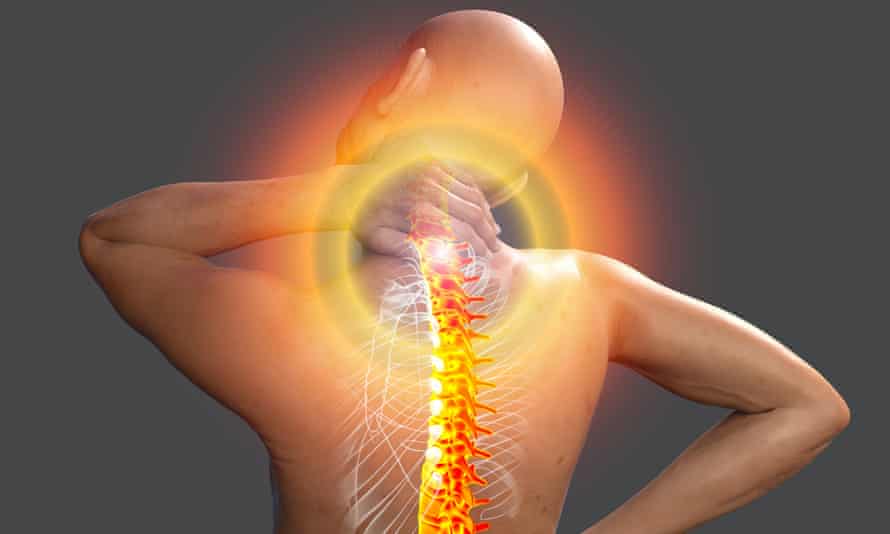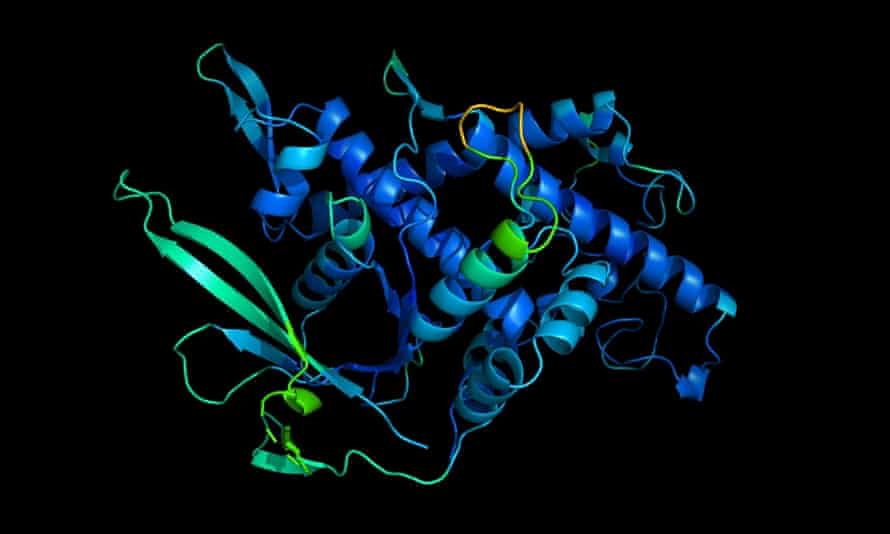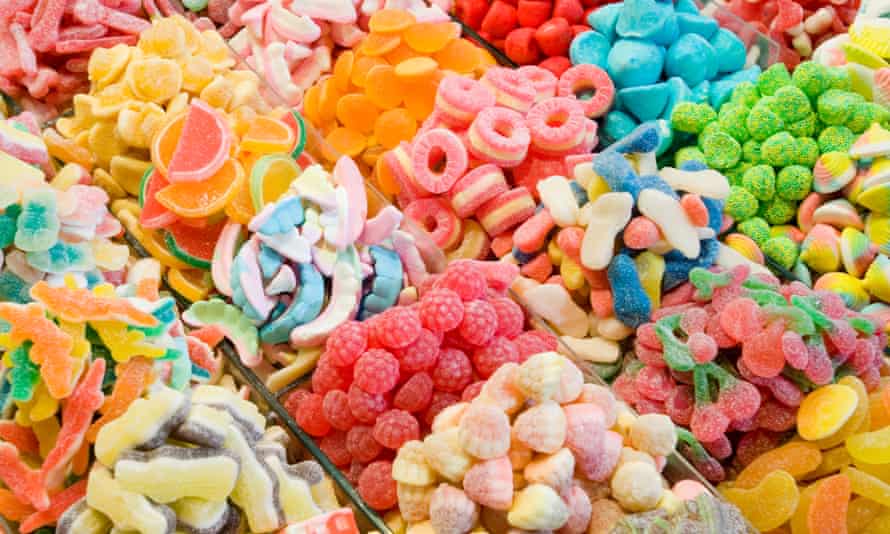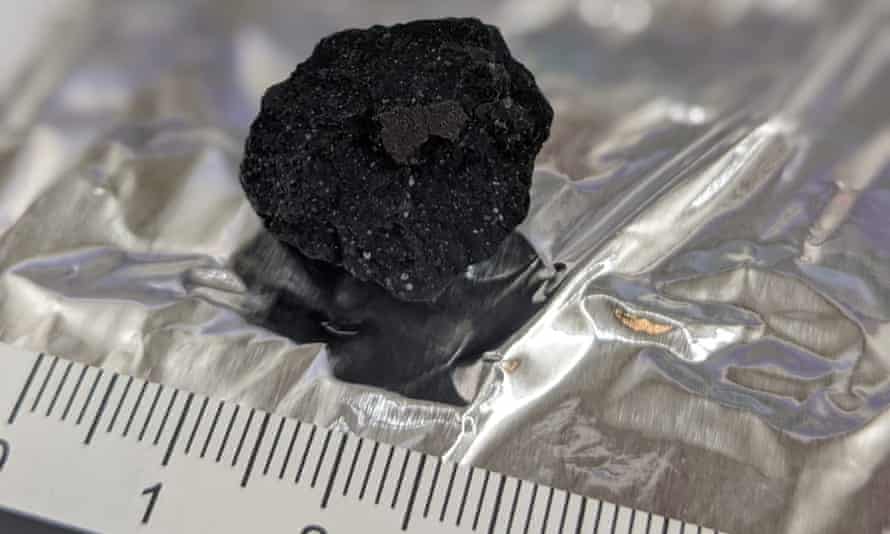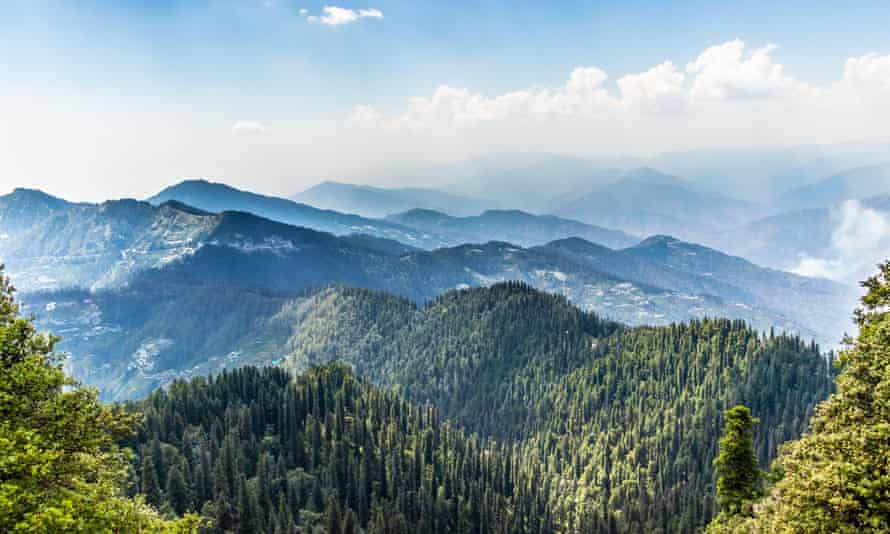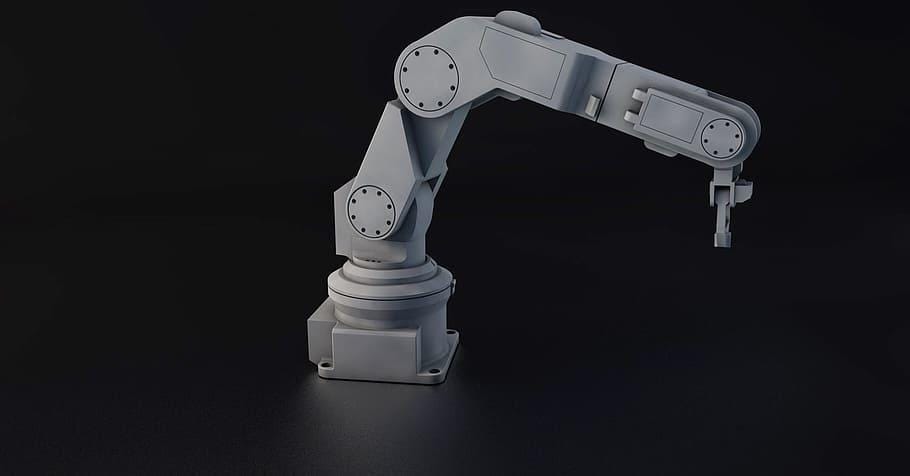The problem with our supply chains can be explained by climate change — and America is in no way ready for it
By MATTHEW ROZSA
DECEMBER 19, 2021

Before the days of antiseptic supermarkets, with their fluorescent lights and linoleum floors, food was sold in very different types of markets, most of which would not pass muster to a modern health inspector. Take Medieval Europe: Even the sturdiest contemporary carnivore might have felt a bit queasy at the sight of animals being slaughtered, which would happen not far from where the cuts of meat were ultimately sold (if they were cut up at all). Farmers would wheel in their produce from plots of land within walking distance of their homes, or at most a short horse ride away. By contrast, citizens of the early 21st century are used to their food coming to them in the same way as their cars, their clothes and their household appliances — through sprawling international supply chains.
Unfortunately, just like a chain is only as strong as its weakest leak, a supply chain can become inefficient or fall apart if there is even a slight hiccup. This is especially so when the supply chains overlap in so many ways that it's more of a "supply labyrinth" or "supply knot" than a supply chain.
Consumers may already be starting to feel that the more disparaging terms are more appropriate. Retailers are reporting rising costs for holiday-returns, and the Federal Trade Commission (FTC) has launched an inquiry into a number of supermarket chains, retailers and food corporations to get to the bottom of the seemingly endless product shortages.
Based on this reporter's own journey to a pair of local retail outlets, including Walmart and Target, it was noted that customer complaints seemed to fall into three major categories: Electronics (like video game consoles or VR headsets), frozen food items (like chicken wings and pizzas) and sanitary products like (you guessed it) toilet paper. Each of those items has a series of interconnected supply chains, from the foods themselves to the added ingredients and the packaging, not to mention (in the case of frozen items) extra care taken for transportation and storage.
It is literally impossible to map the origin of every single item used in every single one, much less plug all of that data into one central database for reference. This means that, when a major disruptive event occurs across the planet, this delicate and interconnected web of chains can be easily disrupted in countless untraceable ways.
The COVID-19 pandemic was just such a worldwide disruptive event.
"The global economy is a complex system of national and local economies," Christa Court, an assistant professor of regional economics at the University of Florida, told Salon by email. The pandemic brought about an abrupt halt to major economic sectors across the planet, which in and of itself had ripple effects on countless smaller business transactions. Not all of these could simply wind back up once the lockdowns were reversed. Even then, those reversals often did not immediately allow a full restoration of economic activity, and many times were applied so erratically that they wound up being integrated into the business environment.
"By now, we are all familiar with the term 'pandemic-induced supply chain disruptions,' whereby the evolution of the pandemic itself (trends in cases and deaths) as well as the policy responses to the pandemic ('shutdowns,' stay-at-home orders, vaccine or mask mandates, etc.) have resulted in massive shifts in supply and/or demand for many products and sectors," Court pointed out.
When it comes to food-based supply chains, climate change is another major culprit, albeit one that is very difficult to quantify. Unlike other economic sectors, where there can disruptions from the demand end as well as the supply end, people never decide they have had enough of food. (They may, of course, alter their dietary preferences.) When there are supply chain issues, it is usually because some unwanted outside variable has made it more difficult for those who produce food to do their job. Climate change causes many of those unwanted outside variables: Warming temperatures harmed American corn yields in 2010 and 2012, as well as $220 million in losses for Michigan cherries in 2012. As weather continues to warm, crops that depend on precise temperatures at specific times will be thrown off kilter or possibly wiped out. While moderate warming and carbon dioxide increases will help some plants grow faster, even they will ultimately be harmed by the droughts and floods that will harm so many other crops.
"A major drought in California or freezing temperatures in Florida can throw a wrench into this market," Dr. Ariel Ortiz-Bobea, an associate professor of applied economics at Cornell University, told Salon in August. "Those events can drastically reduce the supply of oranges from those regions. While oranges can be produced in other areas (e.g. Brazil), acquiring them is much more expensive especially if the supply chains are not already established and prepared to larger volumes."
In addition to climate change, there is also the built-in structural problem of capitalism itself: Concentration of power, and the fact that supply chain disruptions also exist because the global economic system is built around what individual powerful corporations have decided will maximize their profits. A system that prioritizes profitability over everything else will make choices about who gets what first based on how they can make the most money, not on who needs it most or what will be most efficient. That means that supply chain disruptions, though not ideal, are also not viewed as a company's absolute worst case scenario.
"To analyze supply chain disruptions as if they were exceptional is a mistake," Dr. Richard Wolff, emeritus professor of economics at the University of Massachusetts Amherst, told Salon by email. "They are regularly recurring products of capitalist decision-making. It is only because of capitalists' buck-passing that their media focus us on the conditions (forever changing) and away from the profit-maximizing strategies of capitalists' responses to those changing conditions."
If there is one silver lining to the supply chain crises, it is that an increasing number of those companies are deciding that it makes more sense to "re-shore" jobs than it does to have sprawling, worldwide supply chains. The term "re-shore" is a play on "offshore," which refers to moving jobs overseas. "Reshoring" means those jobs would be brought back to the United States.
But until reshoring happens, the supply chain in the United States will remain as fickle as the pandemic has proven it to be. Recently, an image of a plastic container of pears went viral for its packaging: "Grown in Argentina, packaged in Thailand," read the package, which was sold in the United States. Of course, there are plenty of pears grown in the United States; these pears' three-continent trip was not only wasteful, but fragile in the face of disruption — and the mere existence of three-continent pears speaks to the greater problem.
MATTHEW ROZSA
Matthew Rozsa is a staff writer for Salon. He holds an MA in History from Rutgers University-Newark and is ABD in his PhD program in History at Lehigh University. His work has appeared in Mic, Quartz and MSNBC.MORE FROM MA
Study: Climate Change Puts Farmed Seafood Production At Risk
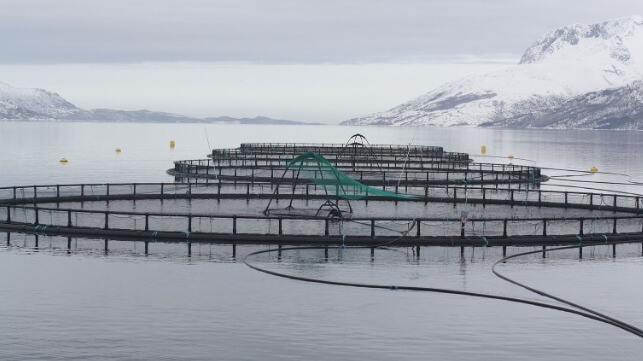
The supply of farmed seafood such as salmon and mussels are projected to drop 16 per cent globally by 2090 if no action is taken to mitigate climate change, according to a new UBC study.
Ocean-farmed seafood or mariculture is often seen as a panacea to the problems of depleted stocks of wild fish and growing human demand, and is expected to grow substantially in the coming years, says lead author Dr. Muhammed Oyinlola (he/him), a postdoctoral research fellow at the Institute for the Oceans and Fisheries (IOF). But the new modelling study highlights the industry is as vulnerable to the effects of climate change as any other. “If we continue to burn fossil fuels at our current rate, the amount of seafood such as fish or mussels able to be farmed sustainably will increase by only eight per cent by 2050, and decline by 16 per cent by 2090.”
By comparison, in a low emissions scenario where the action is taken to mitigate climate change, mariculture is projected to grow by about 17 per cent by the mid-21st century and by about 33 per cent by the end of the century, relative to the 2000s.
The model takes into account many factors, including changing ocean temperatures, suitable mariculture areas in the future, and the supply of fishmeal and fish oil. It examined approximately 70 per cent of the world’s mariculture production as of 2015, focusing on Exclusive Economic Zones, where most of the world’s seafood farming occurs.
Climate change will affect mariculture production differently depending on where farms are in the world, and what they produce, says Dr. Oyinlola. The hardest-hit regions in the high-emissions scenario— Norway, Myanmar, Bangladesh, the Netherlands, and China—could see their mariculture production decline by as much as 40 to 90 per cent.
Climate effects on mariculture include changes in the area of viable ocean in which to farm fish as well as the stock of food used to feed them. Fish farms tend to use fishmeal and fish oil, which are largely composed of smaller fish such as herring and anchovy – stocks which are also threatened by climate change.
“Some regions produce more bivalves, such as mussels, oysters and clams, and in these regions, the impact is smaller,” Dr. Oyinlola said. “In regions that produce more finfish, such as salmon, the impact will be high due to reduction in the supply of fishmeal and fish oil.”
Under current carbon emission rates, finfish farming, such as salmon, is projected to decrease globally by three per cent by 2050, and 14 per cent by 2090. Bivalve farming is projected to increase by 2050 and decrease by 2090 under both climate scenarios.
Countries where mariculture is prominent especially for finfish production, such as Norway, Iceland, Finland, Chile, and Bangladesh, will be hit hardest, according to Dr. Oyinlola, whereas regions that produce more bivalves will be more stable or in Canada’s case, will grow.
Vegetarian fish: feeding fish soybeans
The study also found that substituting fishmeal and fish oil for plant-based foods such as soybeans could help alleviate the effects of climate change for fish farms.
When a quarter of the fish food was substituted with alternatives, under a low emissions scenario, mariculture production was projected to increase by 25 per cent by 2050 and 31 per cent by 2090.
With no change to current emissions, when a quarter of the fish food was substituted with alternatives, mariculture production was projected to increase by 15 per cent by 2050 and four per cent by 2090. When half the food was substituted in both climate scenarios, these percentages increased.
“This study highlights the need to diversify mariculture development from the current focus on fish,” said senior author Dr. William Cheung (he/him), IOF professor and director. Climate-adapted mariculture would include species that are not dependent on fishmeal and fish oil, such as shellfish or algae, or those that can utilize non-fish-based feed. “Farming these species generally helps to reduce exposure of seafood farming to climate hazards.”
While there is enthusiasm about ocean mariculture helping to increase the production of seafood, the study shows if humans don’t relieve climate change, such enthusiasm will be tempered, says Dr. Cheung. “Climate change affects everything, including aspects of seafood farming we’ve not previously considered. We need to act, and quickly, to mitigate climate change rather than rely on one solution to solve all our seafood production problems.”
This article appears courtesy of UBC and may be found in its original form here.
Top image: Fish cages at a Norwegian fish farm (File image courtesy Thomas Bjørkan / CC BY-SA 3.0)



